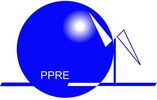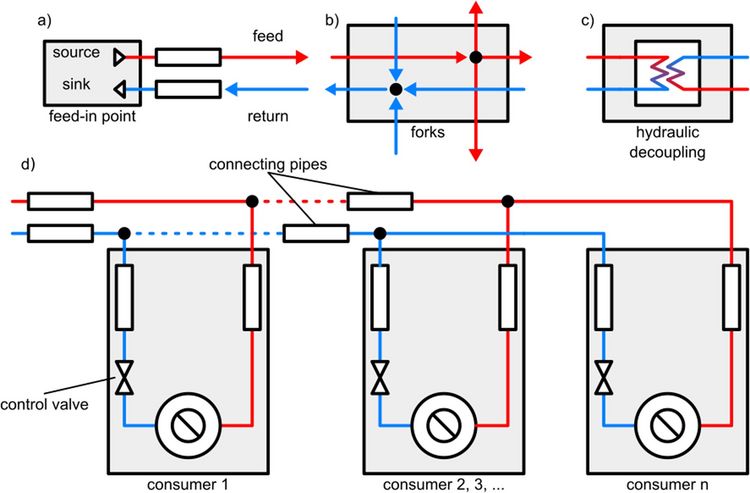A team at DLR – Institute of networked energy systems, including our PPRE team member, Dr. Herena Torio, recently published a new paper on expanding and modernizing District Heating (DH) systems in cities.
Expanding and modernizing District Heating (DH) systems in cities is a concrete way to foster the decarbonization of the heating sector. Therefore, methods that allow for faster and accurate simulations when limited information about the network is available are required. This paper proposes a method for employing a steady-state model with relatively low computational effort, enabling the creation of a rather coarse model of a heating network. This model is parameterised by making assumptions about the network’s topology and pipe characteristics. Later, the model is calibrated using a heuristic approach, in which the combination of the heat transfer coefficient and the length parameters of each pipe in the network are selected as the calibration target vector, meaning that these initial assumptions of the network are no longer required. The approach is validated using measured data from a specific case study and compares the results of the uncalibrated model with those of a calibrated one. After calibration, the model was found to obtain a mean absolute temperature error below 0.5 °C.
Authors: Diana Maldonado, Patrik Schönfeldt, Herena Torio, Francesco Witte and Michael Füting
Read the paper here: https://lnkd.in/e8YpXJJR




